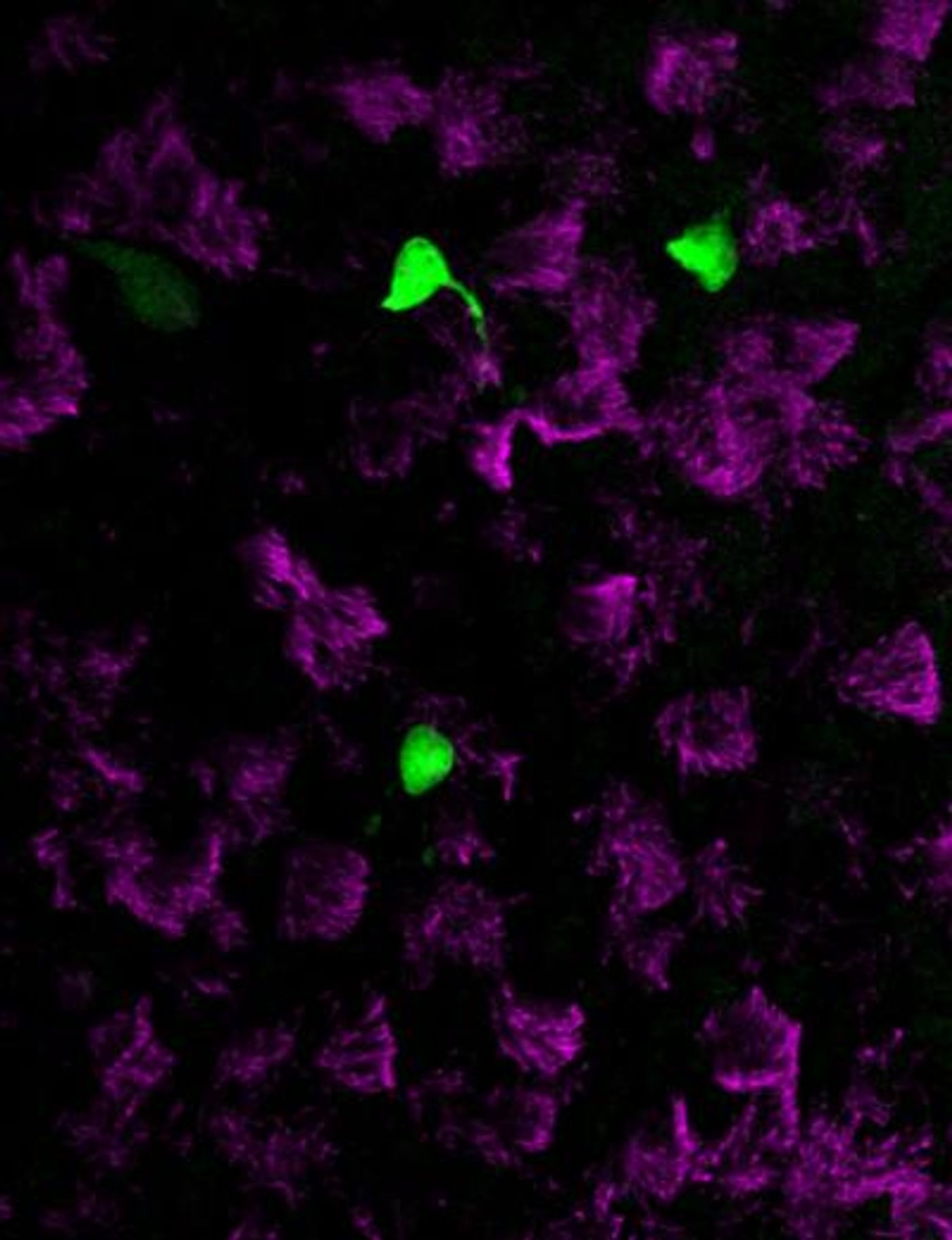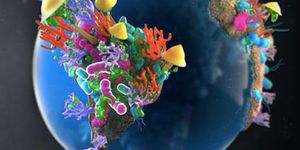Newly ID'ed Lung Cell Changes Our Understanding of Disease
Researchers have discovered a rare type of cell in the lungs, and it may play a major role in cystic fibrosis. Researchers used a thorough analysis of gene expression, scouring thousands of cells to identify the types present in mouse airways. Next, they confirmed their findings in human tissue. This work has also revealed patterns of gene expression in new cell subtypes. This study, which was reported in Nature, has broadened our understanding of lung physiology and lung diseases like bronchitis and asthma.
"We have the framework now for a new cellular narrative of lung disease," said Jayaraj Rajagopal, a physician in the Pulmonary and Critical Care Unit at MGH (who is also a professor at Harvard Medical School and a principal faculty member at the Harvard Stem Cell Institute). "We've uncovered a whole distribution of cell types that seem to be functionally relevant. What's more, genes associated with complex lung diseases can now be linked to specific cells that we've characterized. The data are starting to change the way we think about lung diseases like cystic fibrosis and asthma."
For this work, a team including members of HHMI, the Broad Institute of MIT and Harvard and Massachusetts General Hospital (MGH) used a technique to assess the genes that are active in a single cell at one time. That tool is a type of sequencing that produces a snapshot of the RNA that an individual cell has transcribed; it is a relatively recent breakthrough in research science. It was used to build a kind of atlas of cells in the tissue.
"With single-cell sequencing technology, and dedicated efforts to map cell types in different tissues, we're making new discoveries -- new cells that we didn't know existed, cell subtypes that are rare or haven't been noticed before, even in systems that have been studied for decades. And for some of these, understanding and characterizing them sheds new light immediately on what's happening inside the tissue," explained Aviv Regev, director of the Klarman Cell Observatory at the Broad Institute (as well as a professor of biology at MIT, and an HHMI investigator who is also co-chair of the international Human Cell Atlas consortium)."
One of the unusual cell types identified in this work was named pulmonary ionocytes. They express a gene called CFTR, which is what causes cystic fibrosis when it's mutated. This discovery, therefore, might open up new treatment avenues for cystic fibrosis.
"Cystic fibrosis is an amazingly well-studied disease, and we're still discovering completely new biology that may alter the way we approach it," said Rajagopal. "At first, we couldn't believe that the majority of CFTR expression was located in these rare cells, but the graduate students and postdocs on this project really brought us along with their data."
The team also identified disease-linked genes that were being expressed in cell types that have not been previously associated with those disorders. In addition, a new cellular structure was found in the tissue.
"The atlas that we've created is already starting to drastically re-shape our understanding of airway and lung biology," said Regev. "And, for this and other organ systems being studied at the single-cell level, we'll have to drape everything we know on top of this new cellular diversity to understand human health and disease."
Learn more about the Human Cell Atlas and its potential applications from the video, which features a talk by Regev.
Sources: AAAS/Eurekalert! Via Broad Institute of MIT and Harvard, Nature










